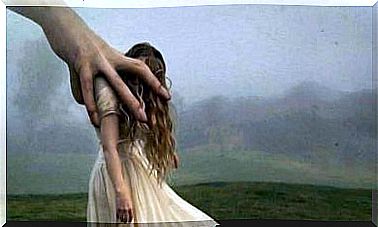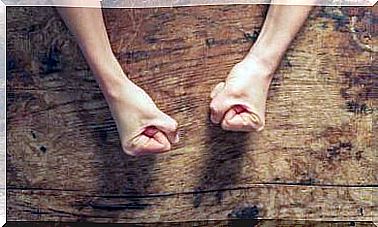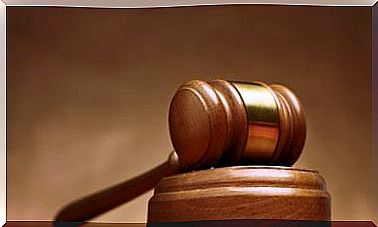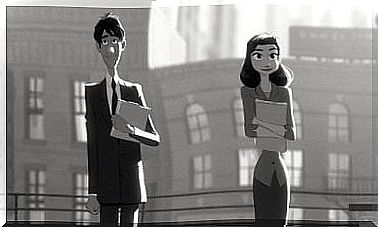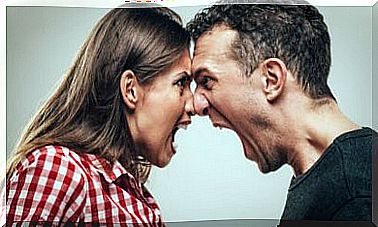How To React To A Student’s Achievement?
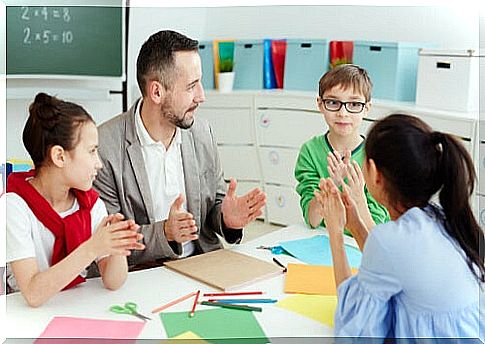
Reacting to a student’s achievement in a positive and reinforcing way is not an action commonly seen in classrooms. On the contrary, ordering silence or punishing for not bringing the exercises done is much more frequent. Thus, we ask ourselves, what happens to those students who manage to surpass themselves and achieve certain goals? As teachers, we tend to think that a “good” or “keep it up” is enough, but is this really so?
In order to answer this question, it is necessary to refer to a psychologist whose professional career led him to carry out experiments on learned helplessness, its relationship with depression and positive psychology. His name is Martin Seligman and he wrote a book called The Life That Flourishes in which he defines the 2 best ways in which he considers that one can react to a student’s achievement.
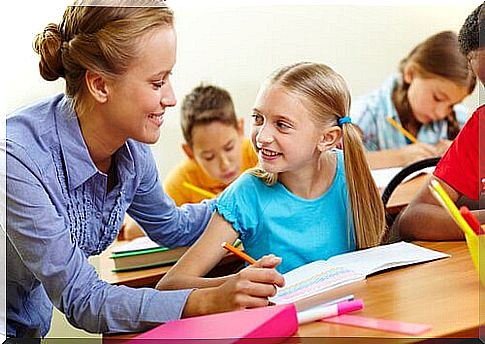
The importance of reacting to a student’s achievement
Before venturing to describe the 2 ways of reacting to a student’s achievement that Martin Seligman describes in his book, it is interesting that we discover the advantages that come from doing this. One of the main ones is the motivation that, as the article Motivation, the driving force for learning , explains , when it is not present in teaching, “students hardly learn ”.
But, reacting to a student’s achievement has many other benefits. For example, it is an invitation for the student to take action, continue to improve, put into practice new ways of acquiring knowledge and, above all, take an interest in the subject. Now that we are clear about what reacting to a student’s achievement contributes, let’s see what are the different ways in which, as teachers, we can achieve all this.
Ways to react to a student’s achievement
According to Martin Seligman, there are up to 2 constructive ways of reacting to a student’s achievement. Both are different and therefore also give different results. However, it is important to know them well in order to get the most out of them.
1. Active and constructive reaction
When a student achieves a good grade on a job or achieves any other achievement, we give the student our undivided attention. We ask him to speak in detail about what he has achieved (to express himself), we maintain eye contact with him and smile at him.
Non-verbal communication will also be important. A hand on the shoulder or keeping the hands open will let the student know that we recognize their achievement. In addition, we will listen to you carefully, which will make your colleagues do the same. This is positive reinforcement that will make you feel good, recognized, and motivate you to keep reaching your goals.
2. Passive and constructive reaction
This is a different way of reacting to a student’s achievement that we may use when we don’t have time. It is not the ideal way, however, it has a positive consequence. In this case, the student is not given too much attention, but his achievement is recognized with a “very good” or “is great”.
At times, this passive and constructive reaction may be lacking in expressiveness, making the recognition distant, almost impersonal. It is not the ideal way, however, the student receives positive feedback for what he has achieved. This form is more common when feedback is given at intermediate points in a project, saving the active reaction for when the student finishes it.

How not to react to the achievement of a student?
We have seen 2 ways of reacting to a student’s achievement. However, Martin Seligman spoke about yet another pair that, perhaps, is seen in classrooms more often. This is known as negative reinforcement and, as the article School discipline: contributions of psychological theories explains , is “ anything that is avoided or suppressed ”. Let’s see the rest of the contributions of Martin Seligman:
- Active and destructive : we divert attention to another topic and do not express any type of emotion at the student’s achievement. For example, “Ah, you approved, well let’s see where we were going with the subject …”.
- Passive and destructive : this time we completely ignore the student, we ignore him and we even call his attention. For example, “Now we are not for that, pay attention and do not speak.”
We may find that on occasion we have reacted to a student’s achievement in these undesirable ways. The important thing is that we realize it to adjust that reaction.
We can apply the passive and constructive, and at the end of the class save time to use the active and constructive. Also, if we are aware that we have reacted in a passive and destructive way, we can change the dialogue as follows: “now we cannot talk about it, we will reserve a few minutes at the end of the class for it (and we smile at the student)” .

